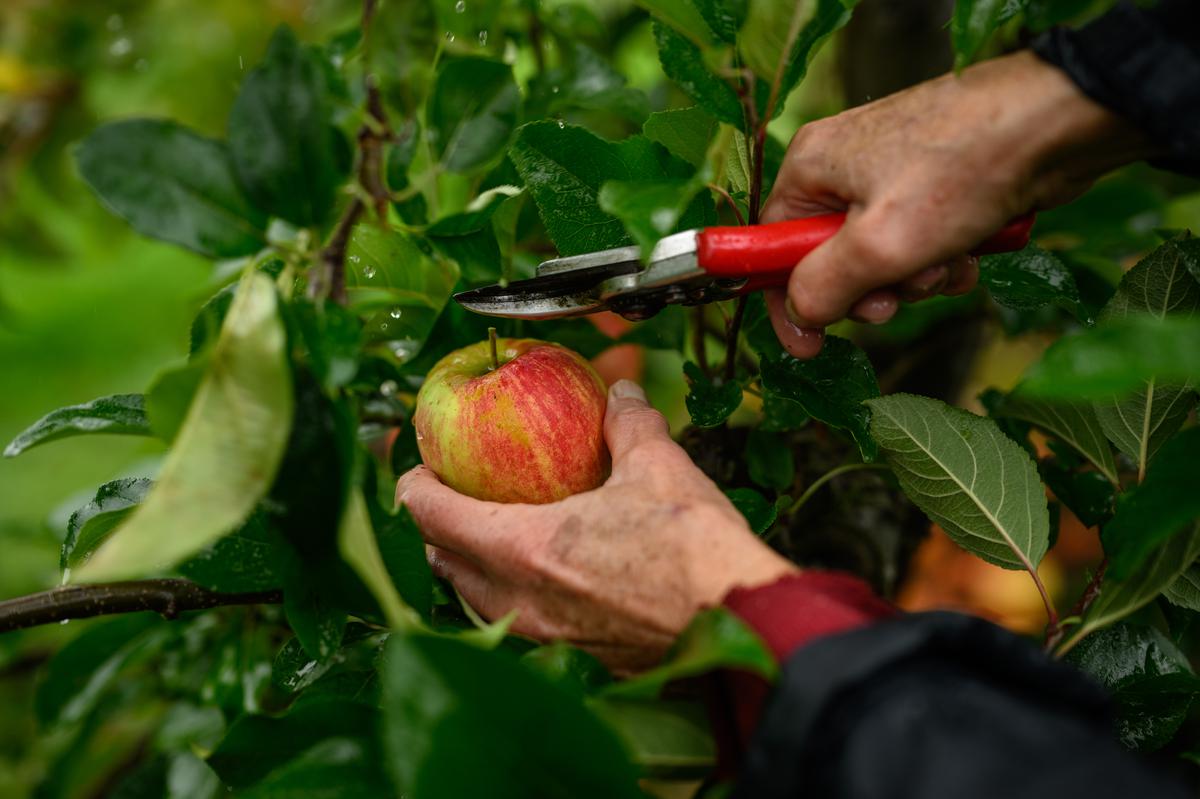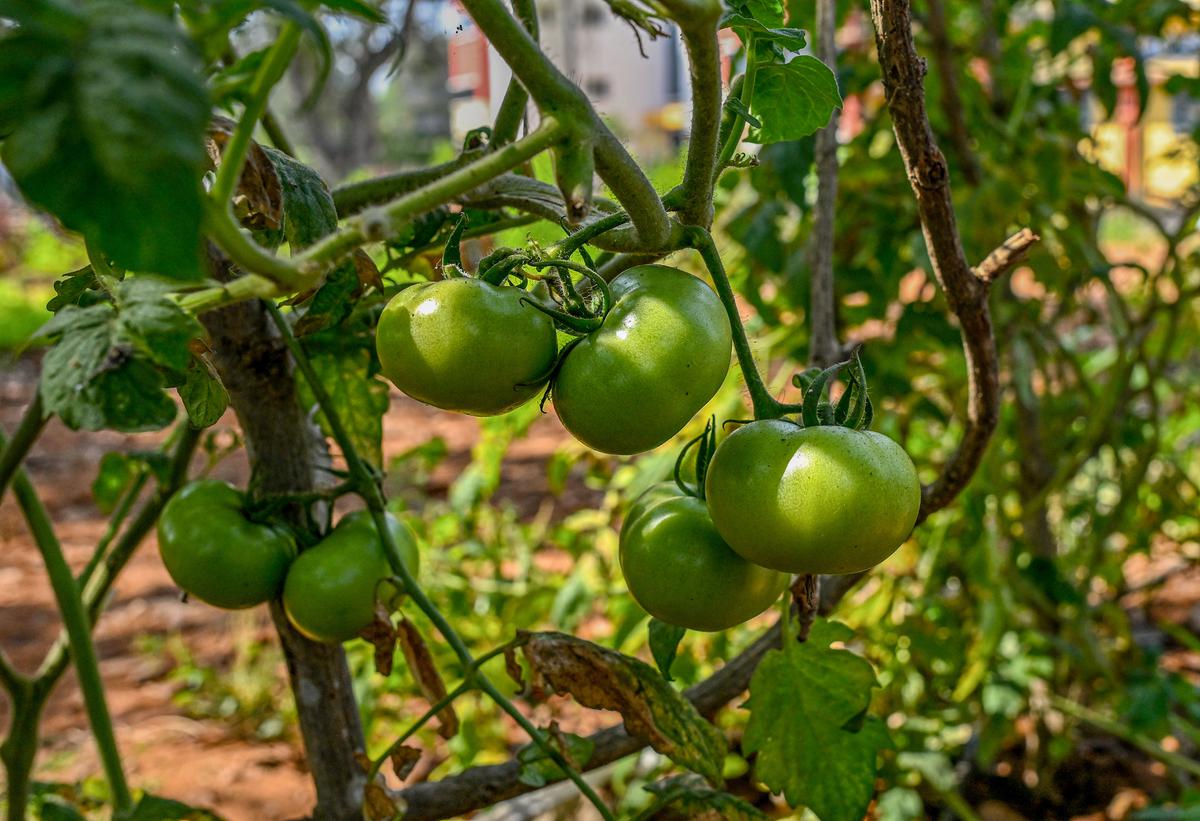A nutrient-rich adventure – Sportstar
The path to a healthy lifestyle begins with choices we make at the market. Consuming fresh and vibrant veggies and fruits is not only a key component of a balanced diet but also an enjoyable culinary experience. In this guide, we explore the art of choosing and buying a variety of veggies and fruits, ensuring you bring home the best that nature has to offer.
Understanding seasonality
One of the fundamental aspects of selecting high-quality produce is understanding the concept of seasonality. Different fruits and vegetables thrive in different seasons and buying them during their peak season ensures optimal freshness, flavour, and nutritional value.
Familiarise yourself with the local growing seasons or consult with seasonal produce guides like nutritionists to make informed choices.
Assessing appearance and colour
Visual cues play a crucial role in determining the freshness and quality. When selecting vegetables, look for vibrant colours and firm texture. Avoid those with signs of wilting, discolouration, or bruising. For example, when buying spinach, avoid those that are wilted and go for dark green and crisp ones. For bell peppers, opt for firm and brightly coloured ones.
Fruits, on the other hand, should have an appealing hue that matches their variety. For instance, ripe bananas have a yellow skin with brown speckles, while a ripe watermelon should sound hollow when tapped and have a uniform, deep green colour. Pay attention to any blemishes, mold, or soft spots, as these could indicate overripeness or spoilage.
Feel the texture
The texture of fruits and vegetables provides valuable information about their ripeness and freshness. When choosing vegetables, aim for a crisp texture and avoid any that feel limp or rubbery. For instance, fresh carrots should snap easily, and cucumbers should be firm without any soft spots. For fruits, gently squeeze them to assess their ripeness.
A ripe avocado yields slightly to gentle pressure, while a firm one needs more time to ripen. Apples and peaches should feel firm but yield slightly to pressure when squeezed. Berries should be plump, indicating juiciness and sweetness.

A simple tip: Gently squeeze fruits to assess their ripeness. Fruits like apples and peaches should feel firm but yield slightly to pressure when squeezed.
| Photo Credit:
Getty Images
A simple tip: Gently squeeze fruits to assess their ripeness. Fruits like apples and peaches should feel firm but yield slightly to pressure when squeezed.
| Photo Credit:
Getty Images
Smell the aroma
Aroma is an underrated yet powerful factor in selecting the best produce. A fresh, sweet fragrance is often a sign of ripeness and flavour. For instance, ripe melons should emit a sweet aroma, and fresh herbs like basil and mint should have a strong, aromatic scent.
When choosing fruits, bring them close to your nose and inhale. A ripe pineapple, for example, has a sweet, tropical fragrance, while a ripe mango exudes a distinctive fruity aroma. If a fruit lacks a discernible scent, it may not be fully ripe or could be overripe. I sometimes smell the produce to get earthy smells. If it smells of bleach or any other chemical, I do not buy.
Check for consistency
Consistency is key when choosing and buying veggies and fruits. Ensure that the produce is uniform in size and shape, indicating even ripening and good quality. Irregularities such as lumps, bumps, or deformities might suggest damage or uneven ripening.
ALSO READ: Halep sues Canadian company over supplement linked to doping suspension
Inspect the entire batch of the chosen item to maintain consistency. This is particularly important for items sold in bulk, such as tomatoes or apples. Choose fruits and vegetables that have a consistent colour and size for a more reliable and enjoyable culinary experience.
Local and organic options
Opting for local and organic produce can offer additional benefits. Locally sourced fruits and vegetables are likely to be fresher, as they haven’t travelled long distances, and you’ll be supporting local farmers. Organic options, grown without synthetic pesticides and fertilizers, can be a healthier choice both for you and the environment.

Organic is better Tomatoes grown at Andhra University Avanic Organics Gardening Hub, a community farm, within the university campus in Visakhapatnam.
| Photo Credit:
K.R Deepak / The Hindu
Organic is better Tomatoes grown at Andhra University Avanic Organics Gardening Hub, a community farm, within the university campus in Visakhapatnam.
| Photo Credit:
K.R Deepak / The Hindu
Check for local farmers’ markets or grocery stores that emphasise locally grown and organic produce. Keep in mind that while organic choices can be more expensive, the long-term health benefits may outweigh the extra cost.
Understanding labels
Reading and understanding labels is essential when navigating the world of veggies and fruits. Familiarise yourself with different labeling terms, such as ‘organic’, ‘non-GMO’, and ‘locally sourced’. This knowledge empowers you to make choices that align with your preferences and values.
The ‘organic’ label indicates that the produce is grown without synthetic pesticides and fertilizers, while ‘non-GMO’ signifies that the item has not been genetically modified. If supporting local farmers is a priority, look for ‘locally sourced’ or ‘locally grown’ labels.
Knowing how to interpret these labels ensures that you make informed decisions when selecting your fruits and vegetables. Choosing fresh veggies and fruits is not just a mundane task; it’s an opportunity to engage with nature’s bounty and nourish your body with wholesome goodness.
By understanding seasonality, assessing appearance, feeling texture, smelling aroma, checking for consistency, exploring local and organic options, and deciphering labels, you embark on a journey to create vibrant, nutrient-rich meals. As you make mindful choices at the grocery store, you not only prioritise your health but also contribute to sustainable agriculture and support local communities. Happy shopping and happy eating!



